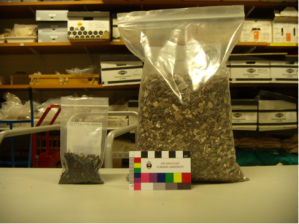Blog 4
Adrian Fenech
The database I patched together from the large number of rock shelters that exist in the Pilbara region, Western Australia, has a great deal of potential for future research on these sites. This is because the database contains nearly 600 sites and potential archaeological deposits (PADs) with quite a bit of information available for each. There are always going to be limitations, though, because the database does not include every rock shelter and PAD in the Pilbara.
If nothing else, Australian Cultural Heritage Management (ACHM) could use the database I created and expand on it with more data fields and rock shelters and create their own large scale database. Some data fields that the archaeologists at ACHM said they would like in a database are information on which mining tenement each rock shelter falls within and if there are any hazards or difficulties in physically accessing the rock shelters. This would assist the work with rock shelters in the Pilbara dramatically, because archaeologists would have additional information easily available during their research. Hopefully the database I have created will have features added to it and its data expanded by future researchers so it can reach its full potential for assisting rock shelter and PAD research in the Pilbara.
I have found some interesting results now that I have come to the end of the data analysis in regards to rock shelter sites and PADs in the Pilbara. The aspect (direction rock shelter opening faces) of rock shelter sites and PADs was most often east, at 22.8% and 17.4% respectively. Rock shelter sites and PADs are also within 100m2 in area at 82.4% and 89.5% respectively. The aspect and area analyses of rock shelter sites and PADs helps to indicate how common rock shelters with these features and physical dimensions are in the Pilbara.



